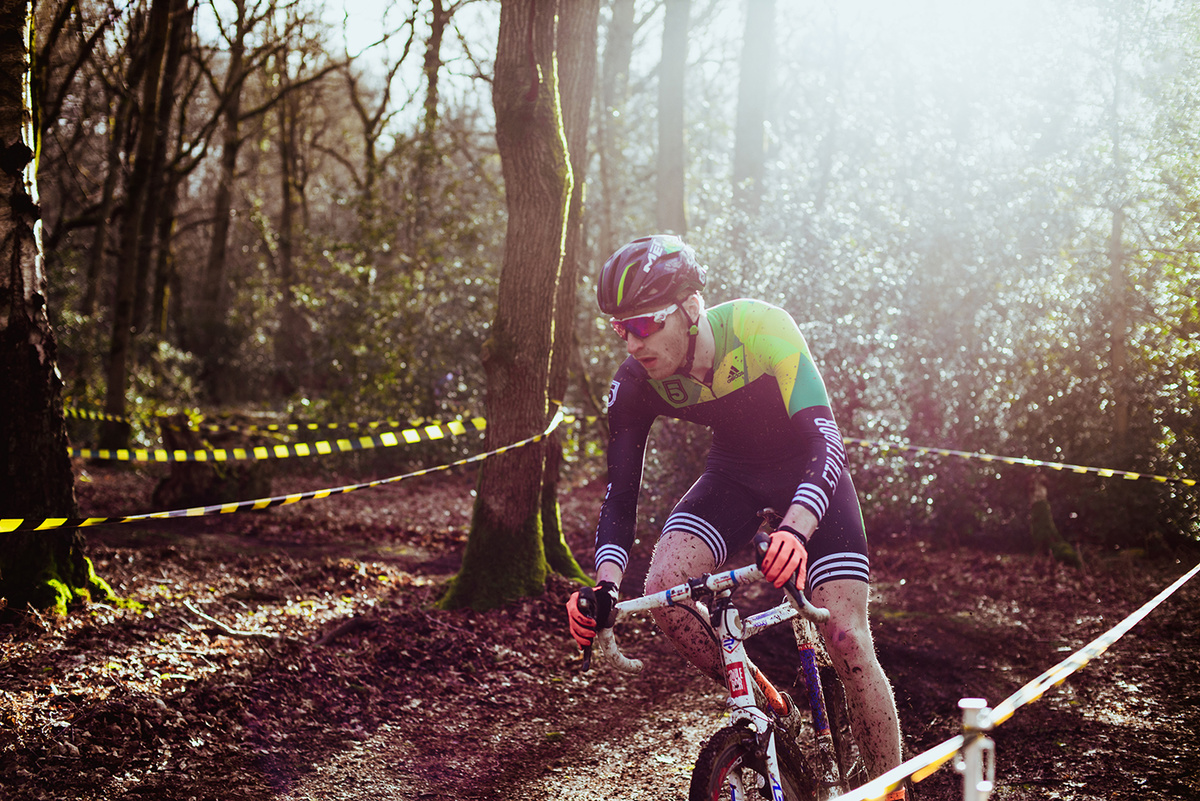The Cyclocross season has come around quick, too quick, which means hurdles, off camber bends, fat banks and even mud is coming at you even quicker, especially if you’re coming into the season flying with a load of road form.
Cyclocross is about being technically skilled, as much as it is about being strong, efficiency is key.
Being smooth and efficient on a cyclocross bike can be the difference between a win and a DNF. There are so many obstacles and technical energy sapping sections on a single lap of a cross race, the less you have to work to get over them, the more energy you’re going to have towards the end of the race to attack and beat your opponents.
We’ll start with cyclocross cornering.
Corners are a place where one can save the most energy and make opponents really suffer without them even realizing, even on the simplest of corners. The more speed you take out of the corners, the less energy you have to use to get back up to speed and the more energy your opponents have to use to get back on your wheel. Think about it like this –
The following logic is going to sound ridiculous and far fetched, but I’ve seen many riders who would destroy one rider on the road with their strength and stamina, then have the favor returned in a cyclocross race, mostly down to technical ability and efficiency on a bike.
You and your opponent start a race with an energy level of 100% each, but your opponent is 50% fitter than you are. If you use 1% of your energy on every exit of a corner, and your opponent uses 2%, 60 corners later near the end of the race, you’ve got 10% more energy to attack with.
Find a flat patch of ground and mark out an oval roughly 100-150 meters, set a marker or two to mark the outer boundaries too, like you would have in a race. Use a set of cones, two trees, whatever. Start riding around the course anti clockwise for about 10 minutes. Have a play with different lines and trajectories.
With the apex in the middle of the corner try hitting –
The apex in the middle of your trajectory. (A)
The apex on the latter part of your trajectory (B)
The apex on the early part of your trajectory (C)




Once you’ve had a play with trajectories, try them going clockwise. Then try setting up a course which switches from left to right bends. A tip is to be always thinking one corner ahead, how can you angle yourself on the exit of the first corner to best suit the entry of the 2nd corner and so on.
Play with tyre pressures (I like to start around 30psi), try off camber corners. Different types of corners suit different trajectories, for example off camber bends often suit a later apex (B).
It’s always the most fun racing friends in training. Do 4 lap races with about 3-6 riders. Try racing in pairs, taking it in turns to defend and attack into corners. Time yourself taking different trajectories. Play elimination when there are a few of you – and so on.
Once you’ve mastered the different techniques in training, come race day you’ll feel confident coming into every corner, knowing you’re saving more energy than everyone else – ready for that winning attack. For complete cycling training and to maximize your fitness, try SYSTM program and workout app.
Words: Alec Briggs – the5thfloor.cc
Images: Jon Baines
5th Floor Instagram




